Website: https://allphoto-kyoto.com//
- 🪶 Introduction: Where Fabric Meets Movement
- 🌸 The History of Kimono and Dance in Japan
- 🏯 Kyoto: The Eternal Stage of Kimono and Dance
- 💃 Symbolism of Movement in Traditional Japanese Dance
- 👘 The Kimono: A Costume and a Language
- 🌕 Kyoto Experiences: Living the Art of Kimono and Dance
- 🌅 Where to See Traditional Dance in Kyoto
- 🌼 Symbolism Beyond the Stage: Kimono in Everyday Kyoto
- 📸 How to Capture the Moment (Respectfully)
- 💠 The Dance of Tradition and Modernity
- 🧭 Conclusion: Moving with the Spirit of Kyoto
🪶 Introduction: Where Fabric Meets Movement
Few cultural expressions capture the grace of Japan quite like traditional dance — and few garments complement it as naturally as the kimono. In Kyoto, the heart of Japan’s cultural heritage, these two elements intertwine like poetry in motion. The way the kimono flows with each turn, step, or bow is more than just performance — it’s a living dialogue between fabric, tradition, and spirit.
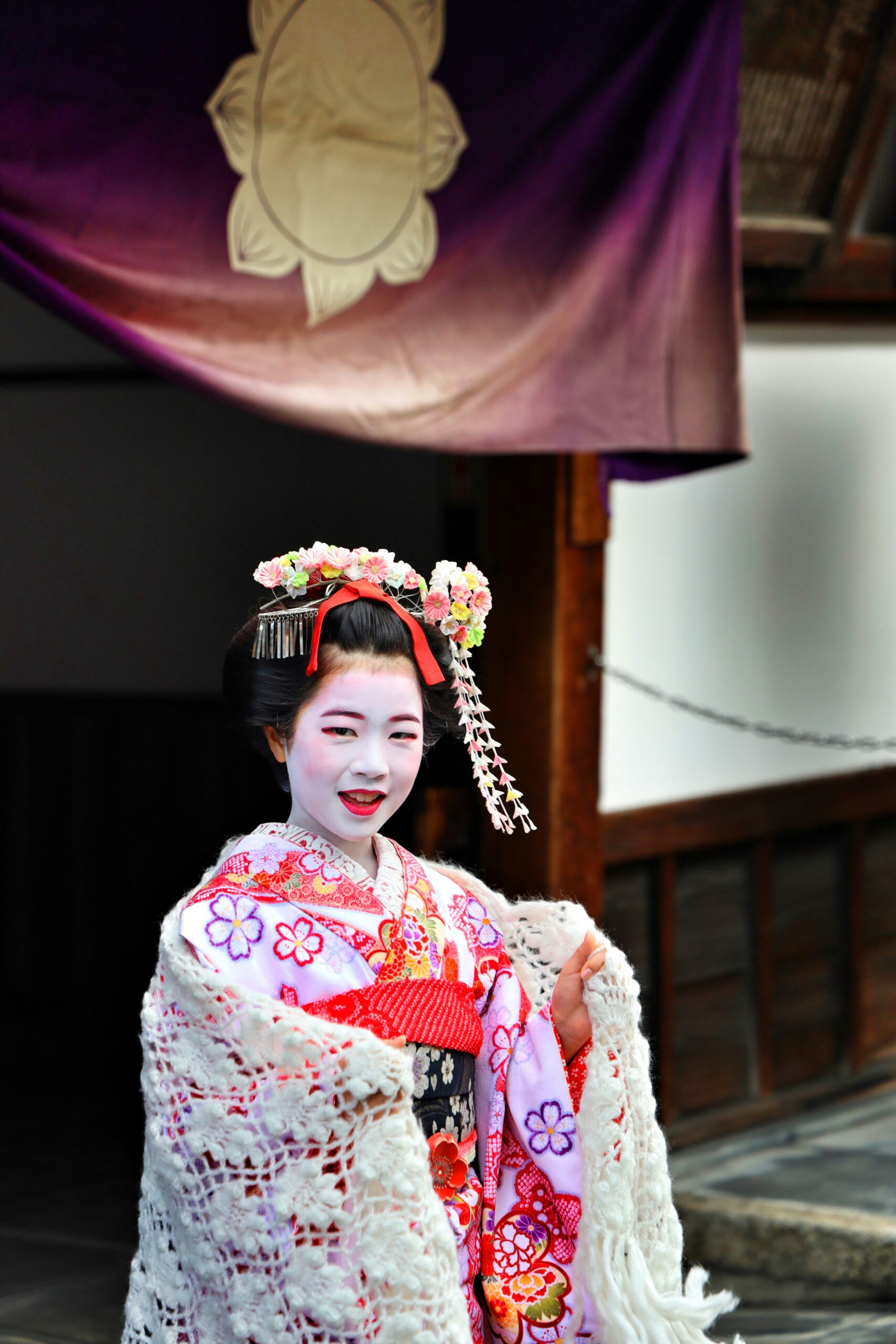
For those visiting Kyoto, wearing a kimono is not just a fashion experience; it’s a way to step inside centuries of Japanese artistry. Whether you’re strolling through Gion or watching a maiko’s dance performance, understanding the symbolism of movement and attire reveals a deeper layer of Japanese beauty.
🌸 The History of Kimono and Dance in Japan
1. Origins of the Kimono: A Living Tradition
The kimono (着物), meaning “thing to wear,” dates back over a thousand years, evolving from Chinese court garments into the refined silhouette we know today. By the Heian period (794–1185), kimono styles reflected not just fashion, but social class, season, and emotion. Every color and fabric told a story.
In Kyoto, noblewomen layered kimonos in intricate color harmonies called kasane no irome — seasonal combinations inspired by flowers, sky, and poetry. These delicate expressions later influenced stage costumes for Japanese dance and theater.
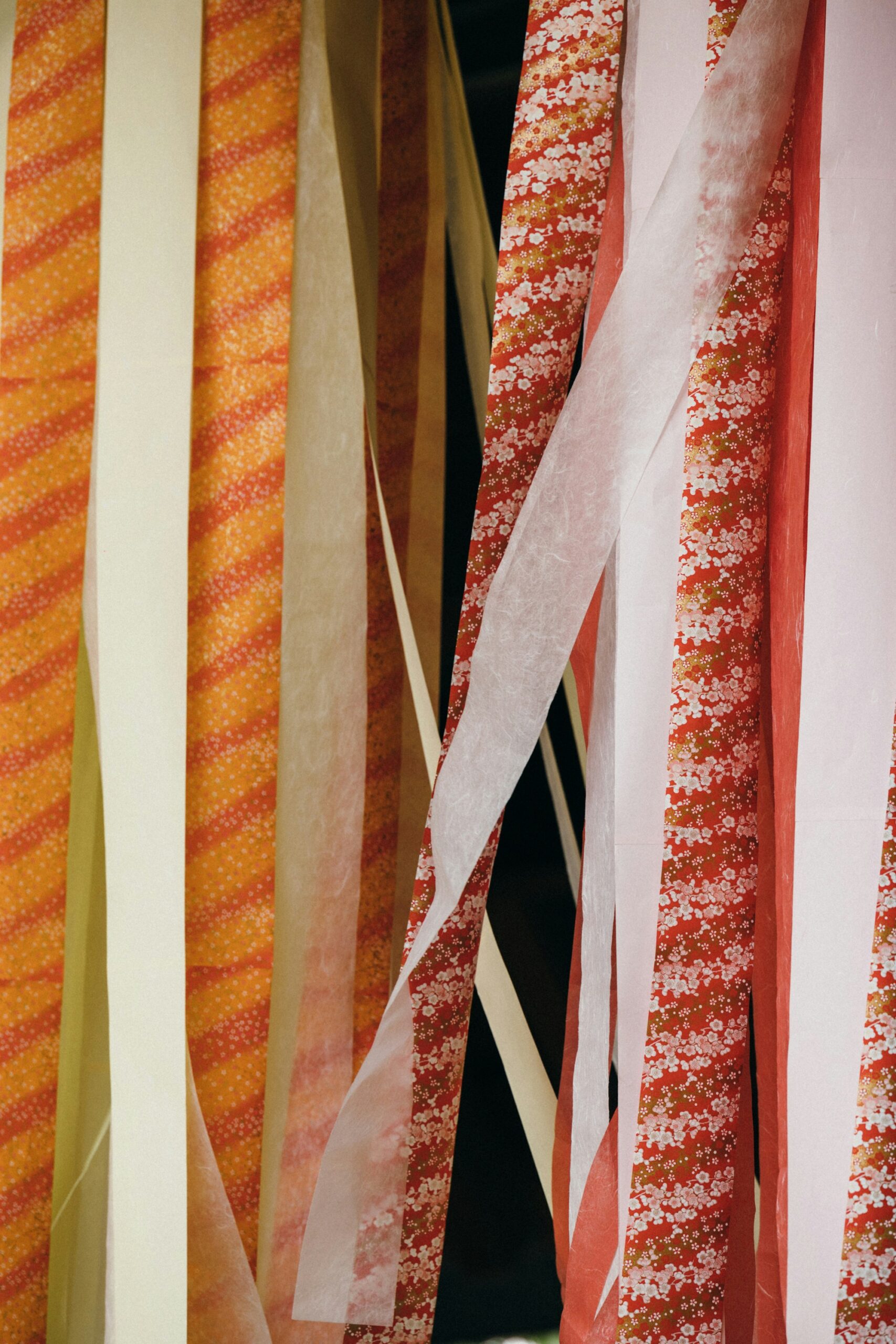
2. The Birth of Traditional Dance: From Rituals to Art
Japanese dance, or Nihon Buyō, developed alongside kimono fashion. It originated in Shinto rituals, where priests and shrine maidens danced to honor gods (kami). Over time, these movements transformed into court dances (Bugaku) and folk performances, eventually giving birth to Kabuki and Geisha dance (Mai and Odori).
In Kyoto’s historic entertainment districts — Gion, Pontocho, and Miyagawacho — dance and kimono are inseparable. The elegance of the kimono accentuates the dancer’s gestures, turning every motion into art.
🏯 Kyoto: The Eternal Stage of Kimono and Dance
Kyoto remains the spiritual home of traditional dance in Japan. Here, geiko (geisha) and maiko (apprentice geisha) keep centuries-old traditions alive through performance and ceremony.
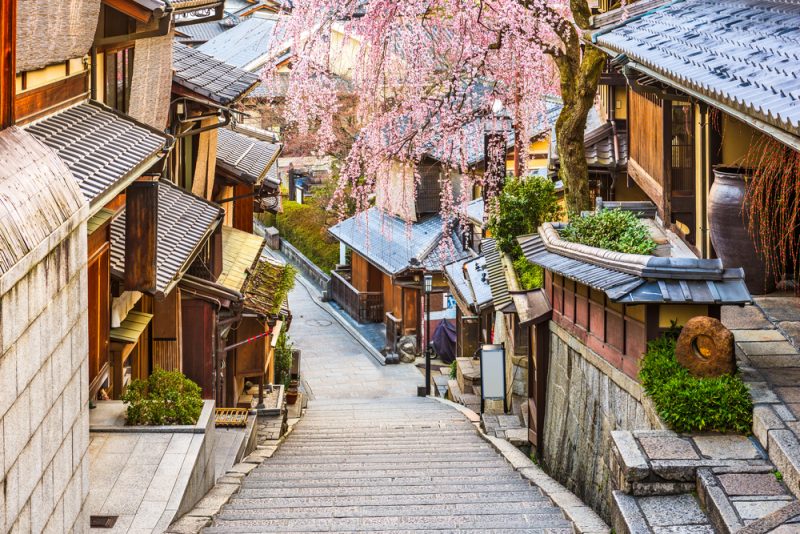
Gion’s Seasonal Dances
Kyoto’s dance calendar is filled with spectacular events like:
Miyako Odori (Dance of the Capital) – Held every April at Gion Kobu Kaburenjo Theatre.
Kyo Odori (Kyoto Dance) – Showcases the elegance of the Miyagawacho district.
Kamogawa Odori – Performed near the scenic Kamo River, blending modern choreography with classical style.
Each performance tells a story through precise movements, expressive fans, and kimono layers that seem to breathe with the dancer.
💃 Symbolism of Movement in Traditional Japanese Dance
Unlike Western dance, which often emphasizes large gestures and athletic motion, Japanese dance speaks through restraint and subtlety. Every motion carries emotional or spiritual meaning.
| Movement | Symbolism | Description |
|---|---|---|
| A slow turn | Reflection, change | Suggests the passing of seasons or emotions. |
| Bowing | Respect, humility | Acknowledges others or expresses gratitude. |
| Fan opening | Revelation, beauty | Represents blooming, discovery, or transformation. |
| Hand to heart | Love, longing | A gesture of sincerity or personal connection. |
| Backward step | Letting go | The act of leaving the past or expressing sorrow. |
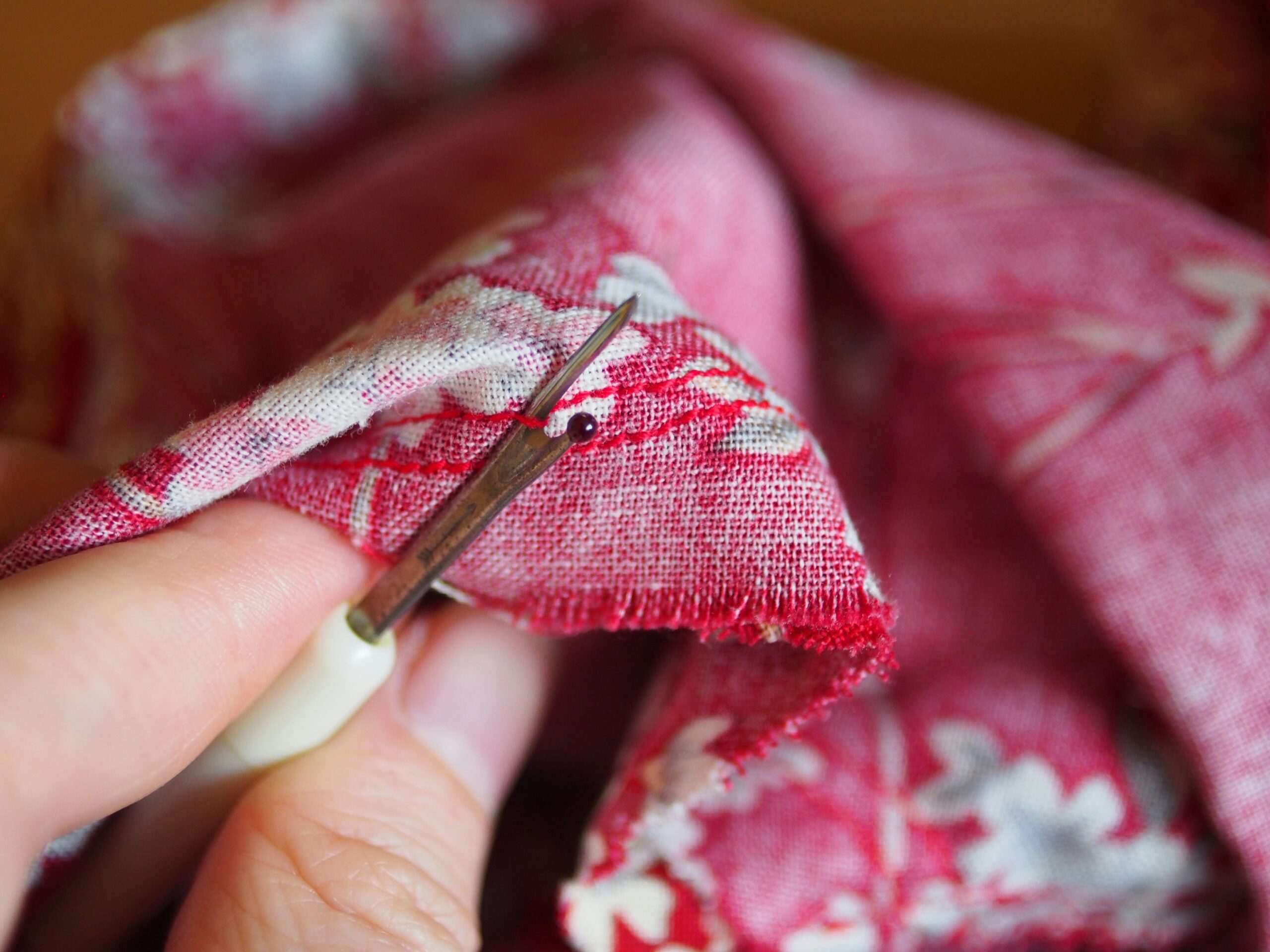
The kimono amplifies these meanings. Its long sleeves (furisode), trailing hem, and soft fabric flow like ink in water, giving visible form to invisible feelings.
👘 The Kimono: A Costume and a Language
1. Layers of Meaning in Every Kimono
Each kimono is a canvas of cultural symbols. Dancers choose designs and colors that align with their story:
Cherry blossoms (sakura): Fleeting beauty, the impermanence of life.
Cranes: Longevity and good fortune.
Fans: Celebration and openness to joy.
Waves: Strength and emotional depth.
Pine trees: Endurance and loyalty.
A dancer wearing a pale pink kimono with sakura motifs might perform a dance of youthful love, while a deep indigo garment with cranes might tell a tale of wisdom and endurance.
2. Movement Shaped by Fabric
The kimono’s structure influences the choreography itself. The obi (sash) limits movement, encouraging controlled, elegant gestures. Dancers learn to move from the core, keeping balance while maintaining the garment’s beauty.
In this way, the kimono becomes a teacher, guiding how to move, breathe, and express emotion.
🌕 Kyoto Experiences: Living the Art of Kimono and Dance
You don’t need to be a professional dancer to experience this harmony. In Kyoto, visitors can rent a kimono and take part in activities that connect them to tradition.
1. Kimono Rental: Step Into the Story
Wearing a kimono in Kyoto is more than a photo opportunity — it’s an immersive cultural journey. Choose a seasonal kimono, stroll through Higashiyama, and feel how the fabric changes the way you move and interact with the city.
For authentic experiences, visit https://allphoto-kyoto.com/ — where tradition meets modern comfort. The staff helps you choose colors and accessories that match your personality, and you can explore Kyoto’s most scenic spots in style.
2. Watch or Join a Dance Workshop
Several cultural centers in Kyoto offer dance experiences for visitors, where instructors (sometimes maiko themselves) teach you basic gestures using the fan (sensu) and proper kimono posture. It’s a graceful, unforgettable way to understand Japanese elegance from the inside.
🌅 Where to See Traditional Dance in Kyoto
Here are the best places to witness the beauty of kimono and dance together:
| Venue | District | Highlights |
|---|---|---|
| Gion Kobu Kaburenjo Theatre | Gion | Home of Miyako Odori, Kyoto’s most famous geisha dance. |
| Pontocho Kaburenjo | Pontocho | Romantic evening shows along the Kamo River. |
| Yasaka Shrine Stage | Gion | Seasonal dances and festival performances. |
| Kyoto Art Theatre Shunjuza | Sakyo Ward | Contemporary takes on traditional forms. |
Each venue celebrates the synergy between fabric and motion, preserving Kyoto’s soul in every performance.
🌼 Symbolism Beyond the Stage: Kimono in Everyday Kyoto
Even outside the theater, kimono and movement remain part of Kyoto’s rhythm. Locals wear them during:
Tea ceremonies
Festivals (matsuri)
New Year visits (hatsumode)
Wedding processions
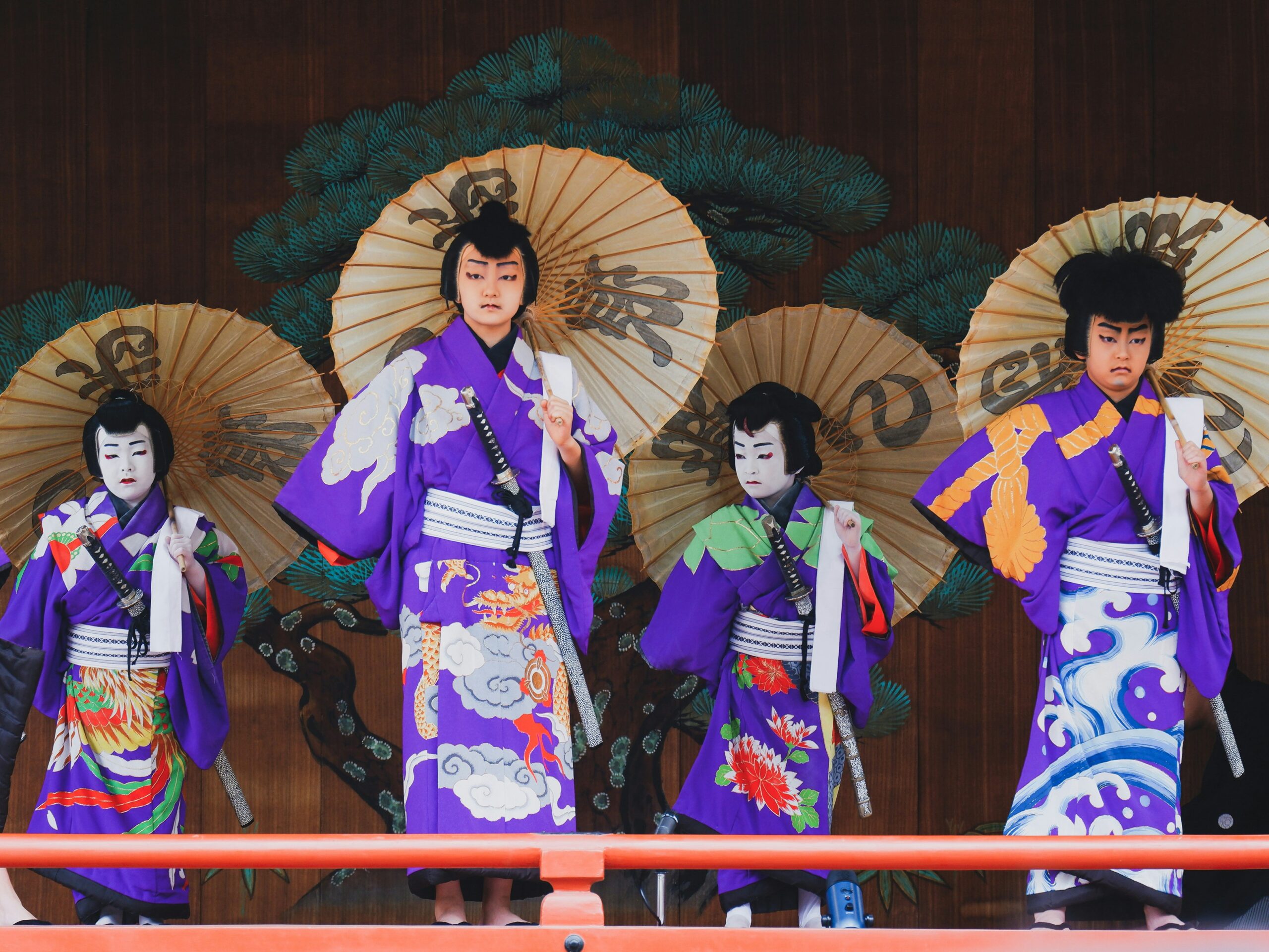
Every step, bow, and smile carries echoes of the same symbolic dance — a choreography of daily grace.
📸 How to Capture the Moment (Respectfully)
Kyoto’s scenery — temples, narrow streets, and riverside views — creates the perfect backdrop for kimono photos. However, respect cultural spaces and performers:
✅ Ask before taking photos of maiko or geiko.
✅ Avoid blocking paths in narrow streets.
✅ Support local kimono rental shops like https://allphoto-kyoto.com/ instead of fast-fashion costume shops.
By embracing the culture respectfully, you become part of the story — not just an observer.
💠 The Dance of Tradition and Modernity
Today, Kyoto’s dancers blend classical elegance with contemporary art. Some performances include modern music or projection mapping, yet the core — the kimono and its symbolism — remains untouched.
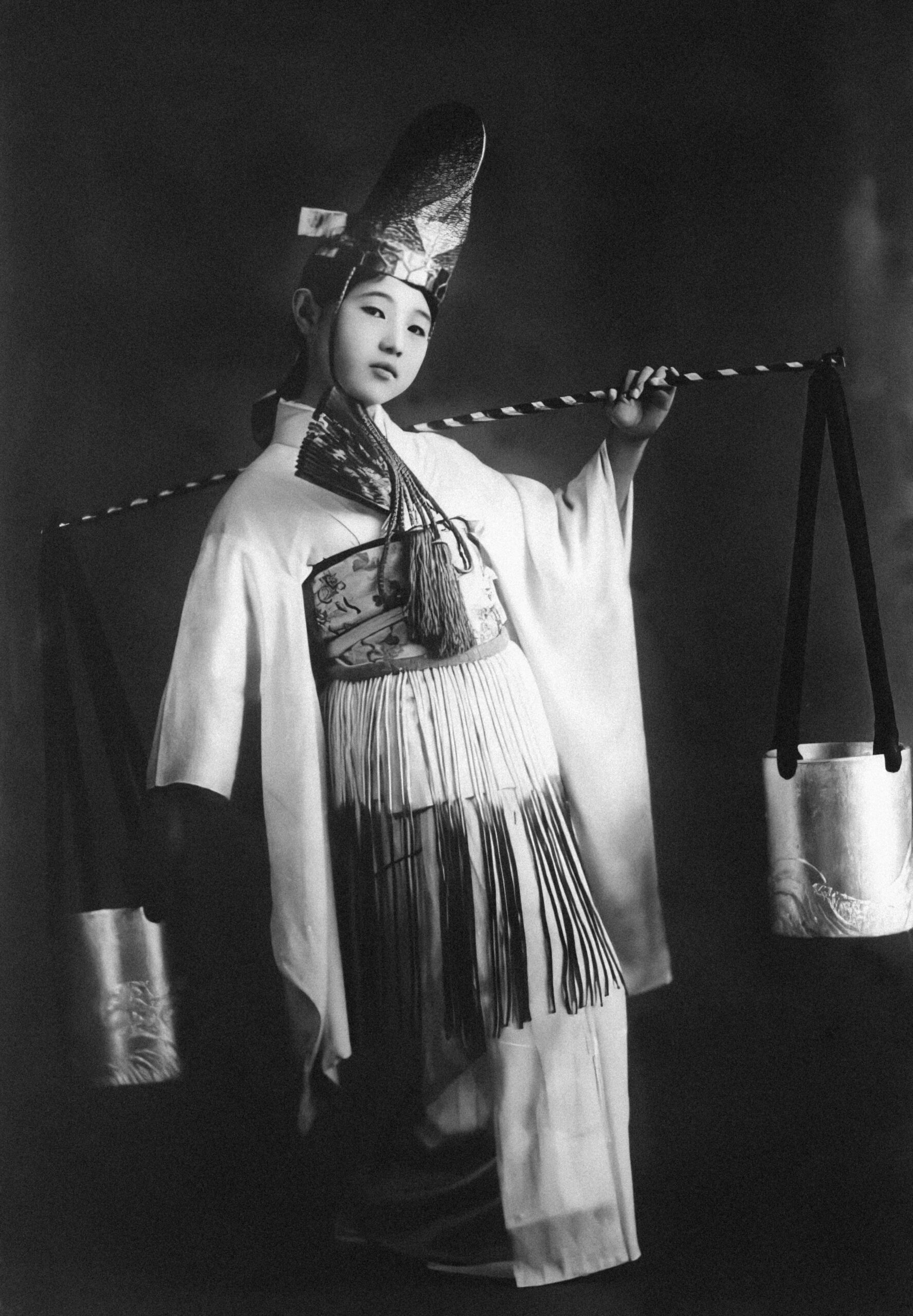
The kimono teaches us that beauty lies in intention, not extravagance. Just like the subtle gestures of a dancer, elegance is found in balance, silence, and flow.
🧭 Conclusion: Moving with the Spirit of Kyoto
The union of kimono and traditional Japanese dance reveals the deepest harmony of Kyoto — where movement, silence, and fabric tell stories older than the city’s stones.
When you walk through Kyoto in a kimono, you’re not just dressed beautifully. You’re participating in a thousand-year-old performance — one that continues with every breath, step, and smile.
So next time you visit Kyoto, don’t just watch the dance — become part of it. Rent a kimono, explore the city’s rhythm, and feel Japan’s timeless elegance flow through you.
👉 Experience the art yourself at https://allphoto-kyoto.com/ — where tradition meets beauty in every movement.


コメント